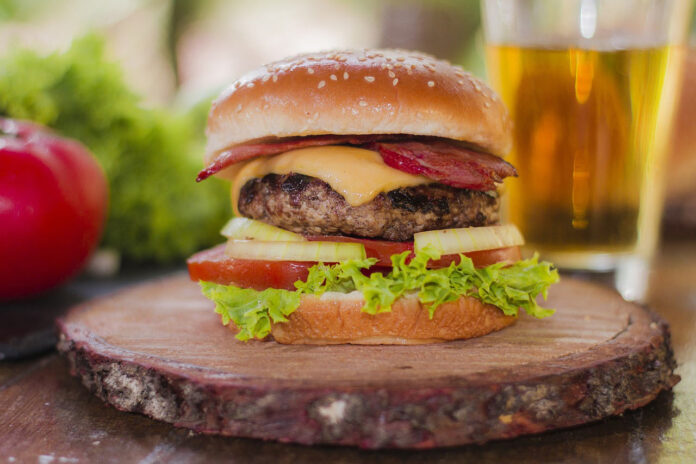Vancouver has a rapidly growing embarrassment of riches when it comes to local food and beverage options. Venues across the waterfront, downtown and uptown serve up passionately prepared offerings whether that be a plate of savory BBQ, fresh seafood and dainty treats, or exciting locally brewed draft beers, and award-winning northwest wines. That being said, with the privilege of experiencing so many options within the downtown as well as uptown Vancouver setting comes certain considerations that enable these businesses to stay afloat.
Dining establishments reserve the right to charge whatever they wish for the products they serve, giving guests and patrons a transparent experience that allows them to decide where to eat and drink based on both affordability and the experience they’re looking for. However, we have all experienced those instances where an unrecognizable fee shows up on our bill at the end of the night. Fees such as “automatic gratuity” or “corkage fee” are nothing new, but to help with some confusion regarding other fees at some of our local favorites, we asked around to learn about what these fees are, what they mean and why they are a necessary practice to help the places we love.
First, we spoke with Tap Union Owner Alison Duff to learn more about “In-House” fees, which seem to have some members of the community confused.
“In addition to us having beer on tap we also have a bottle shop, which is almost like a separate business but it’s still a part of Tap Union,” says Duff. “We built the bottle shop during Covid so we could still provide beer to the community. However, once the Covid restrictions were lifted we allowed anything purchased at the bottle shop to be enjoyed in-house.”
Duff then delved into their “in-house” fees and explained what exactly they represent as well as what they provide Tap Union.
“The margins are much, much smaller on the bottle than it is on our drafts,” says Duff. “So, in order to offer those beverages while still being able to pay our bills and our servers we have to charge an in-house fee to make it a proper margin for an in-house beverage. Right now they are priced to-go so the in-house fee is to consume them here.”
Ironically, while this is like a “corkage fee”, Tap Union doesn’t actually have a corkage fee for their wine, due to their wine margins being different. That being said, the alcoholic beverages in the bottle shop are what you can expect an “in-house” fee for should you opt to enjoy them on location, a small price to pay to keep the doors open of a place as beloved by the community as Tap Union.
Should this surprise anybody? Perhaps not if you’re familiar with other enjoyable favorites in the downtown/uptown Vancouver area who also use these same methods.
For example, Thirsty Sasquatch in uptown Vancouver has been using this practice since they opened post-pandemic. Justin the bar manager at Thirsty Sasquatch Bar Manager Justin provided insight into their fees. “We just have a $1 corking fee on any cans consumed in-house other than the domestics, we just have a straight-up $3 just because we sell those over the bar as well but when it comes to the IPA’s and other stuff we have the $1 fee,” says Justin. “For us it hasn’t caused too many issues. Most people don’t even really ask. We price our stuff pretty reasonably so it’s fairly straightforward.”
Justin highlighted why this fee exists and how it supports the business overall.
“In general, it’s a business, and there is a profit margin we are looking for,” says Justin. “It goes across anything, whether you’re selling hair supplies or a piece of pizza. It actually gives people an incentive to buy in bulk, and ultimately it sets the price to the same price as if you were buying a standard beer off the draft.”
While these charges may look mysterious at first, don’t worry, they’re usually there for a good reason, ensuring that the places we love can continue to accommodate multiple offerings and products. While some charges are transparent, others can be misleading at the very least, or in some cases dishonest. Several instances were mentioned of multiple upscale restaurants in the Vancouver/Portland area utilizing “house charges” on top of meals, confusing patrons into thinking it’s an automatic gratuity which sometimes causes servers to be accidentally stiffed.
While many dining establishments have continued to utilize such fees post-pandemic, others around the country are actually scaling back. For example, one restaurant, Che Fico in San Francisco is actually scaling back their controversial dine-in upcharge by 50%, dropping this surcharge from 10% to 5% as a way to continue to look after both its staff as well as faithful patrons. Perhaps this is something we will see more of in the future locally.
If you have any questions regarding these fees make sure you check the check, and ask your server. We found that there is generally a well thought out and reasonable explanation for most of these fees.






